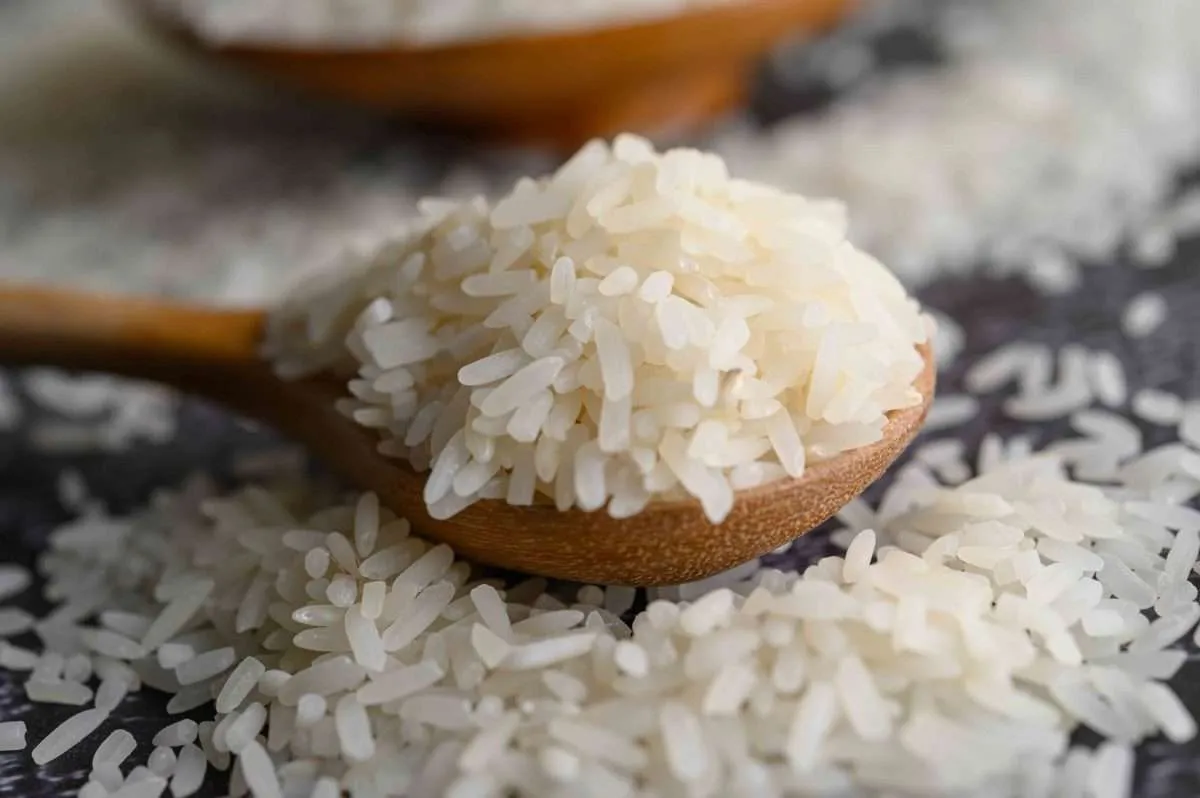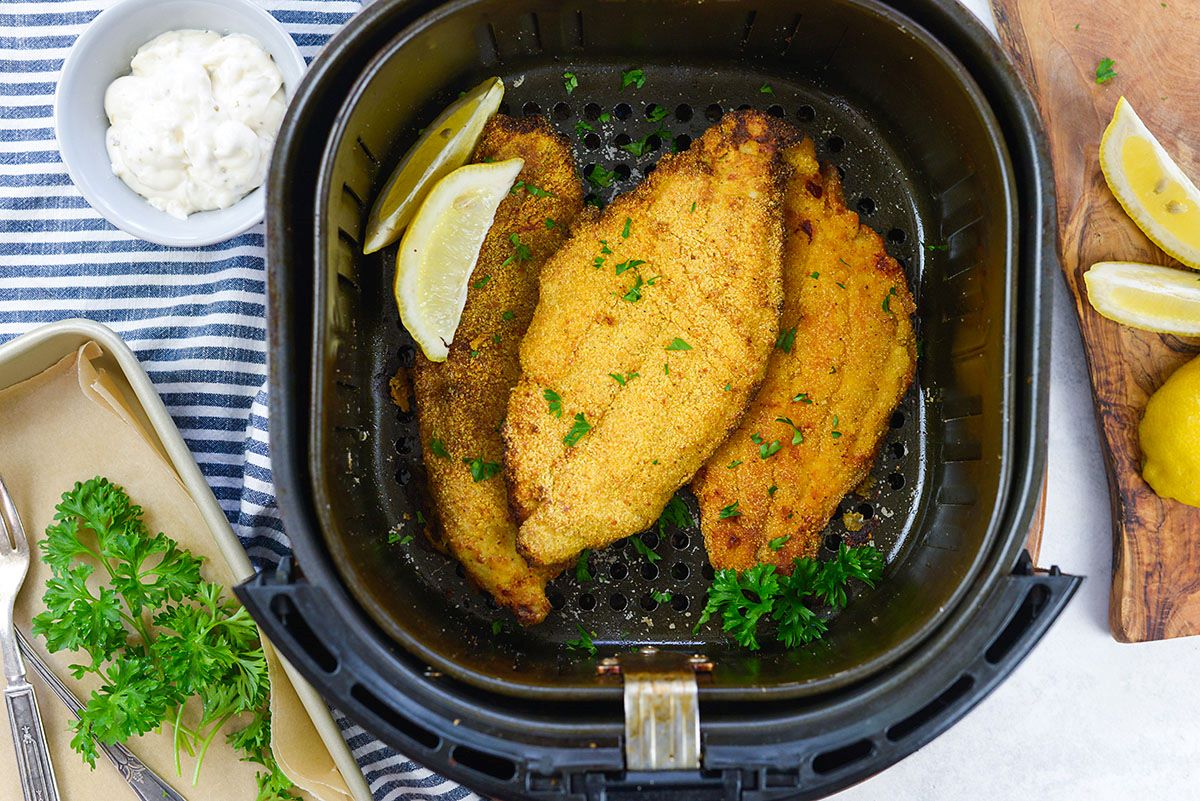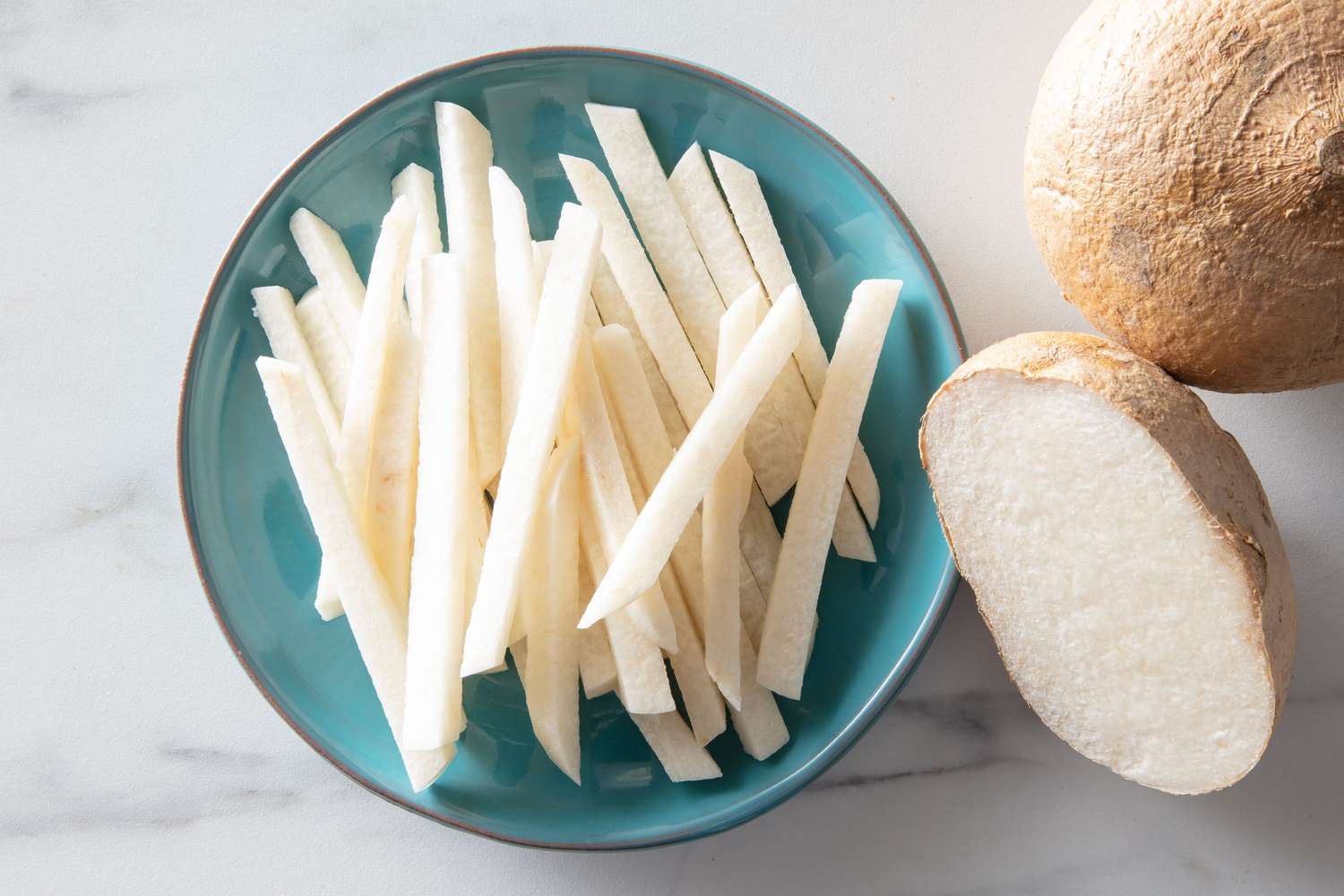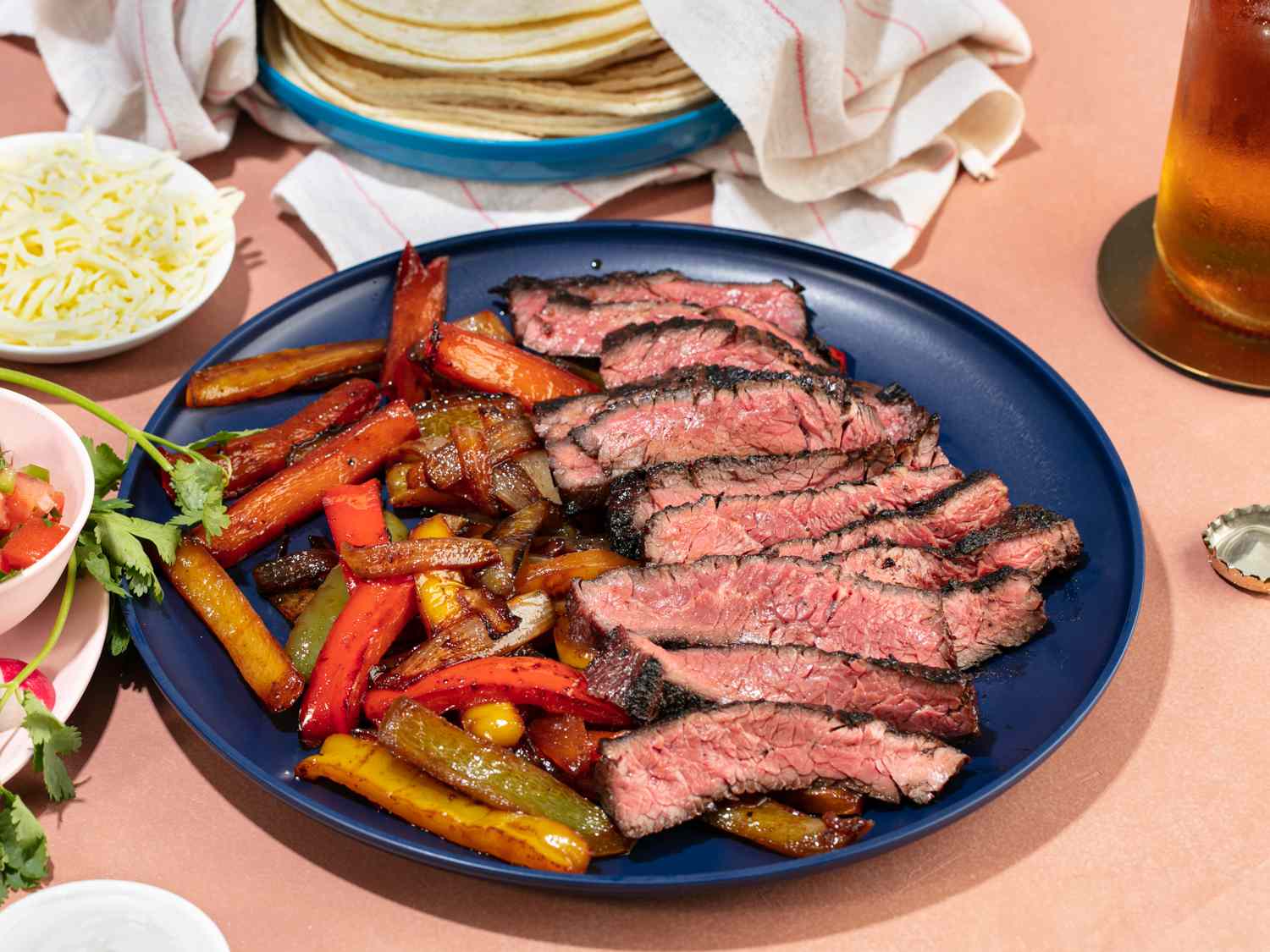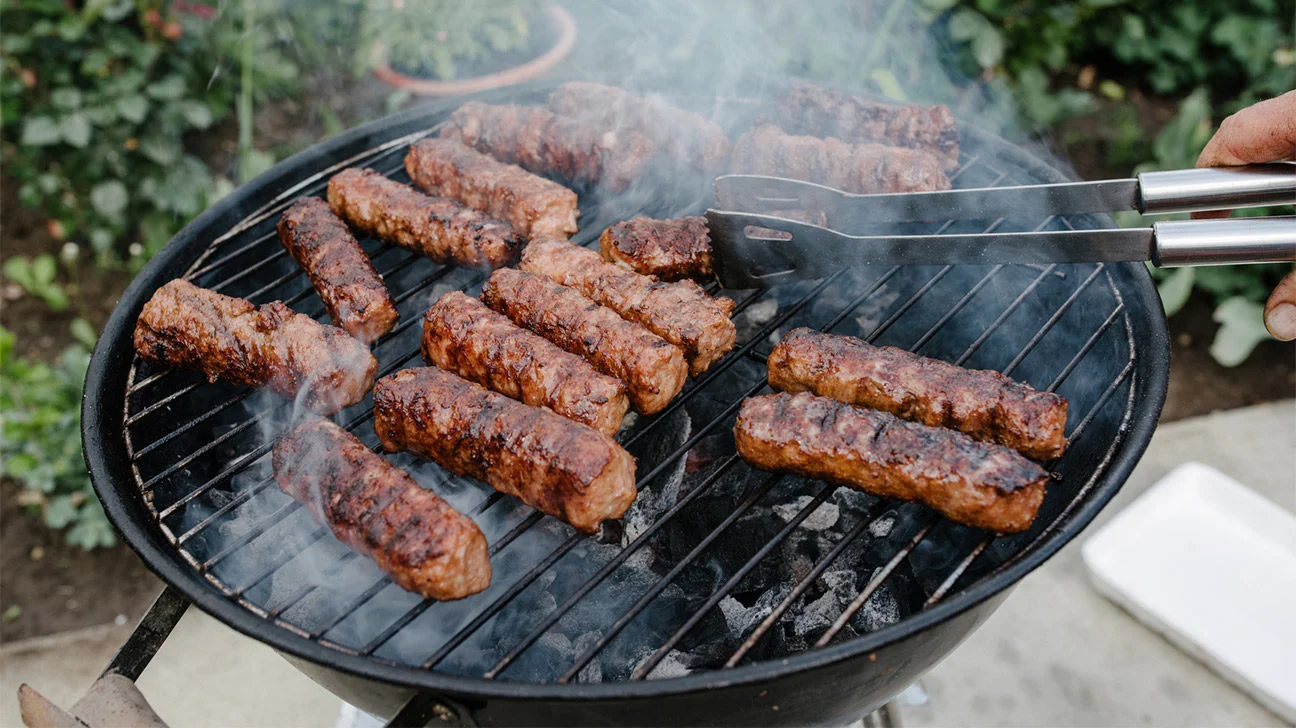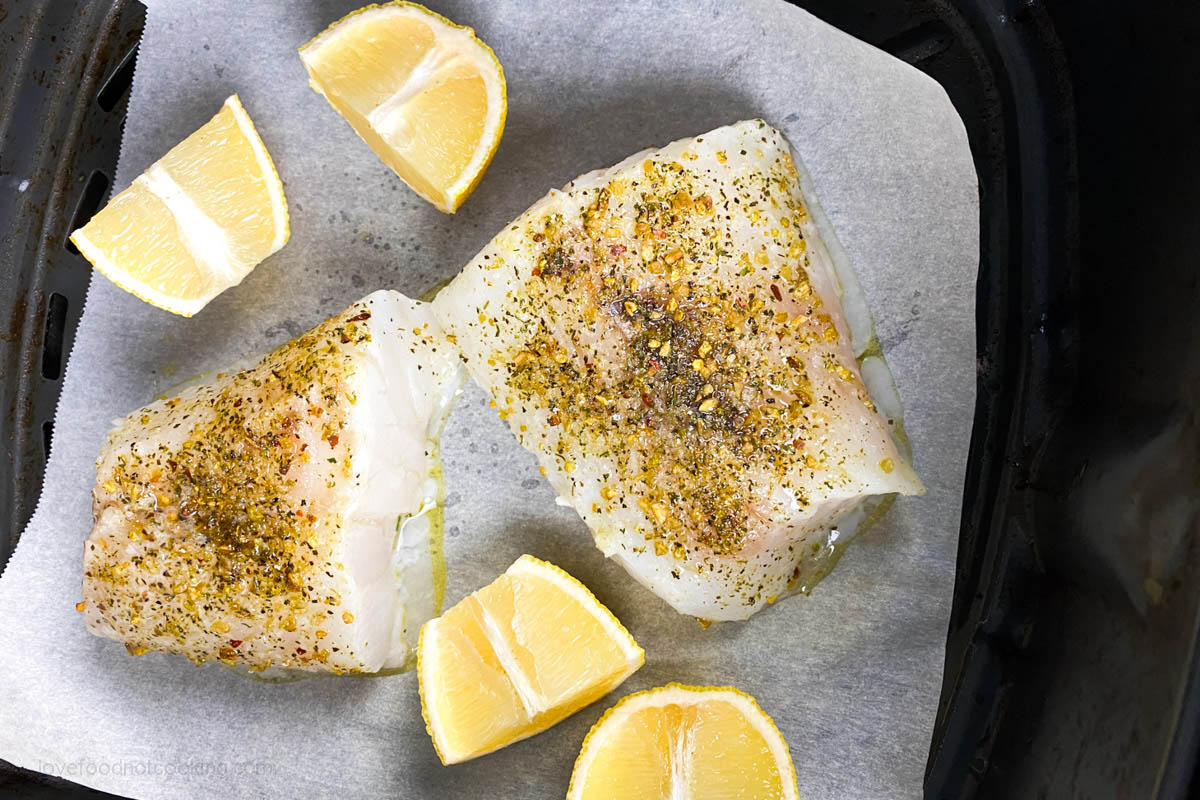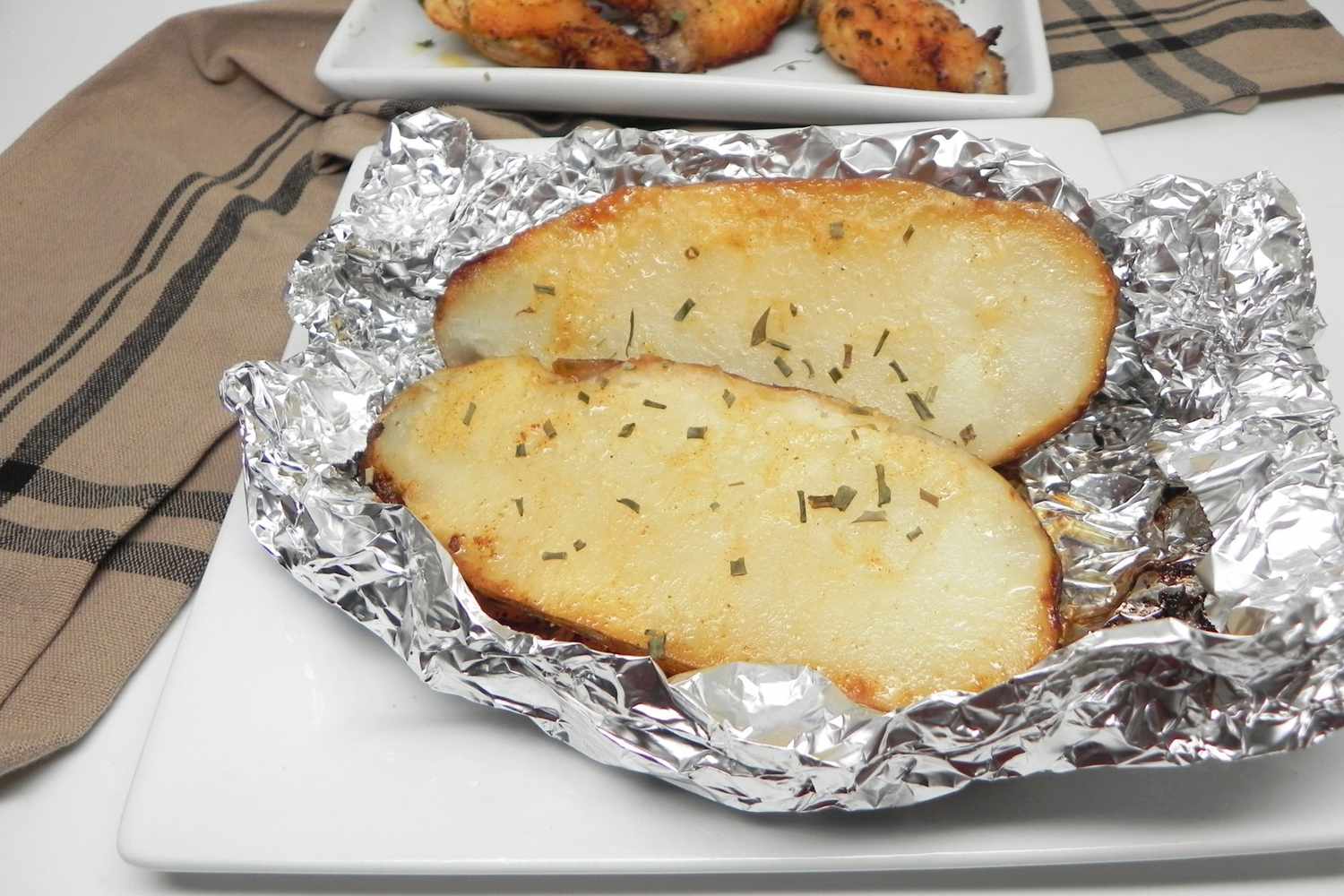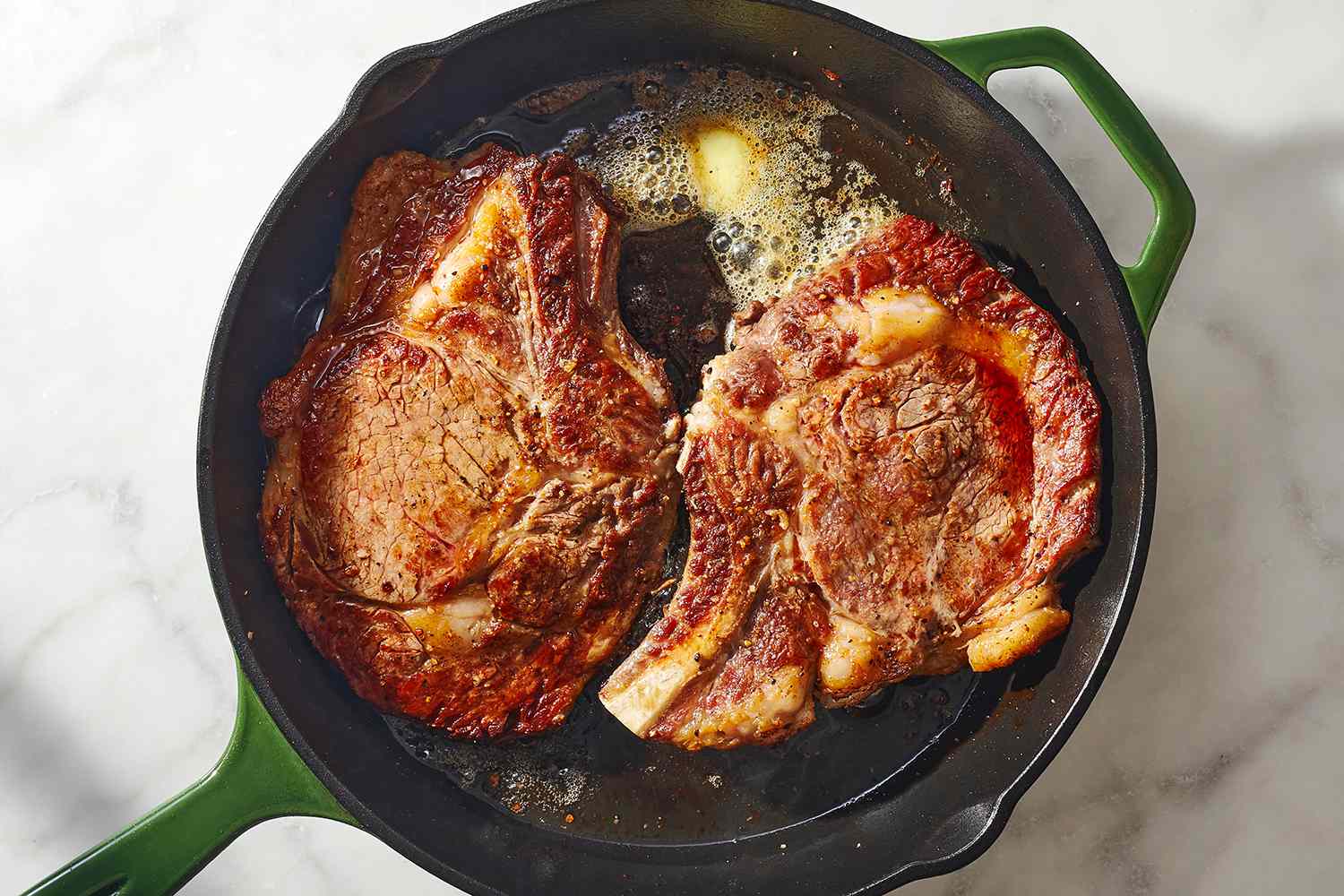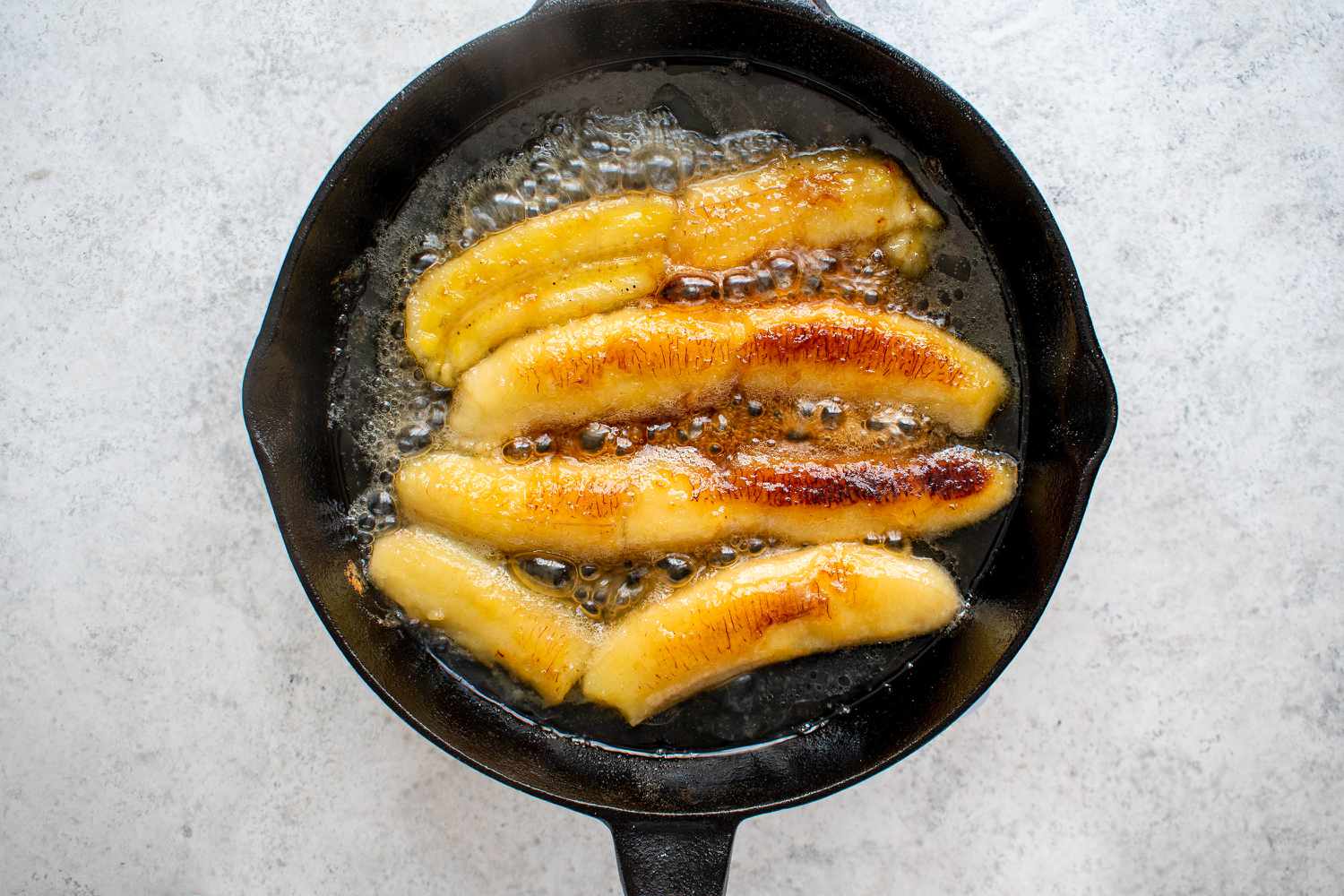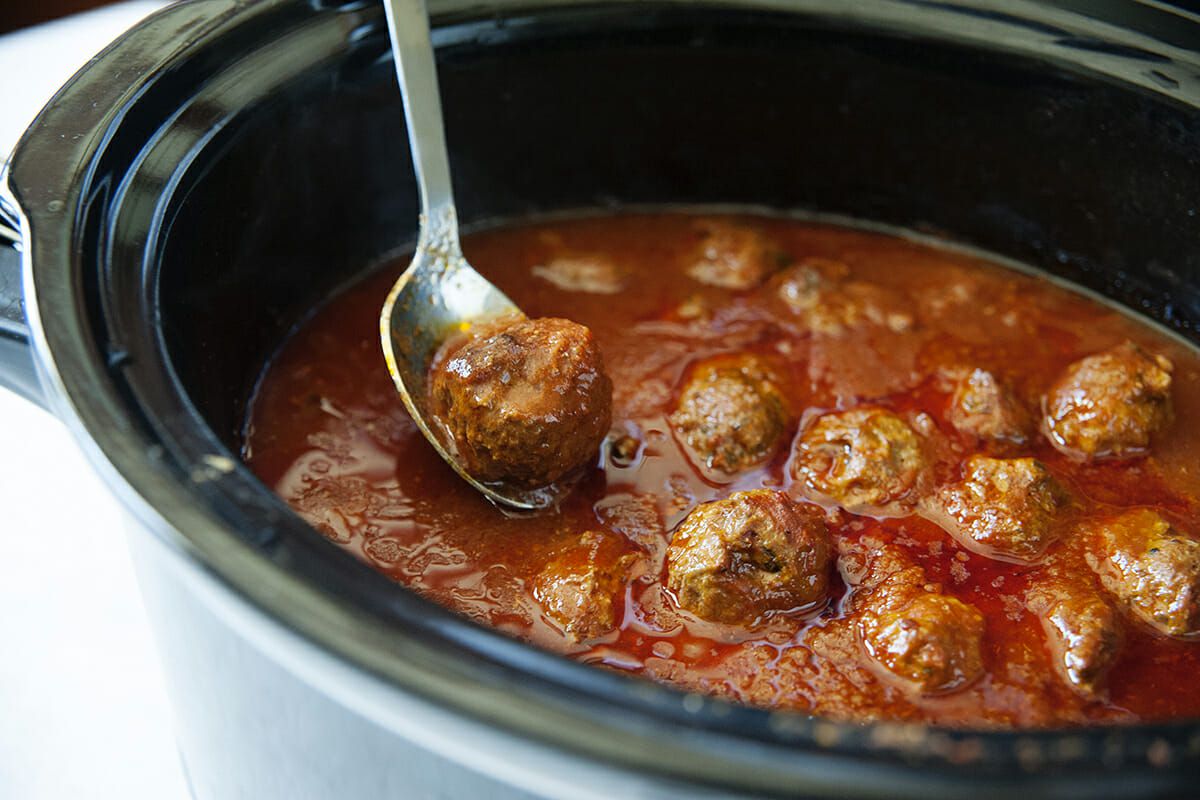Thanksgiving Feast: How to Cook a Perfect Turkey in Your Gas Oven
Thanksgiving is just around the corner, and that means it’s time to start planning the ultimate feast. One of the centerpiece dishes of this annual celebration is, of course, a succulent turkey. If you have a gas oven, don’t worry – we’ve got you covered. Today, we’ll walk you through the step-by-step process of cooking a perfect turkey that everyone will remember for years to come.
1. Preparing the Turkey
Before you even think about placing the turkey in the oven, it’s essential to prepare it properly. Follow these simple steps:
- Thawing: Ensure your turkey is completely thawed. This process can take several days, so plan accordingly. A good rule of thumb is to allow 24 hours of thawing time for every 4-5 pounds of turkey.
- Cleaning: Rinse the turkey under cold water, both inside and out. Pat it dry with paper towels.
- Seasoning: Generously season the turkey with salt, pepper, and any other desired herbs and spices. Rubbing butter or olive oil all over the skin will help keep it moist during cooking.
2. Preheating the Gas Oven
Preheating your gas oven is crucial to ensure even cooking. Set the temperature to 325°F (163°C) and allow the oven to fully heat up before placing the turkey inside.
3. Roasting the Turkey
Now comes the exciting part – roasting the turkey to perfection. Follow these steps for optimal cooking:
- Choosing the Roasting Pan: Select a sturdy roasting pan that is large enough to accommodate the turkey comfortably.
- Placing the Turkey: Position the turkey on a rack inside the roasting pan, breast side up. This allows hot air to circulate evenly around the bird, resulting in beautifully browned skin.
- Covering the Turkey: Tent the turkey loosely with aluminum foil. This prevents the skin from becoming too dark while allowing the meat to cook thoroughly.
- Cooking Time: As a general guideline, cook the turkey for approximately 15-20 minutes per pound. However, it’s crucial to use a meat thermometer to ensure the turkey reaches an internal temperature of 165°F (74°C) in the thickest part of the thigh.
- Basting: Every 30 minutes, remove the foil and baste the turkey with the juices from the bottom of the pan. This helps to keep the meat moist and flavorful.
4. Resting and Carving
Once the turkey reaches the desired temperature, remove it from the oven, and let it rest for at least 20 minutes. This allows the juices to redistribute throughout the meat, resulting in a more tender and juicy turkey. While the turkey is resting, take the time to prepare your favorite side dishes. Finally, carve the turkey and serve it with all the traditional fixings.
By following these steps, you can cook a magnificent turkey in your gas oven, impressing your friends and family with your culinary skills. Now, get ready to enjoy the delicious flavors and create lasting memories around the dinner table. Happy Thanksgiving!
For those looking to experiment with their gas oven skills, there are several standout recipes to consider. The Herb Butter Roasted Turkey will delight with its rich flavors and moist texture, making it a surefire hit for any gathering. Alternatively, the Maple Glazed Turkey offers a perfect blend of sweet and savory, ideal for those who enjoy a touch of sweetness in their main course. For a more aromatic experience, the Lemon and Rosemary Turkey delivers a refreshing citrus note combined with the earthy taste of rosemary. And if you're aiming for something a bit more adventurous, the Cajun Spiced Turkey will bring a spicy twist to your dinner table. Each of these recipes leverages the unique capabilities of a gas oven to create a deliciously memorable meal.
Was this page helpful?
Read Next: How To Cook Rice Without It Sticking
